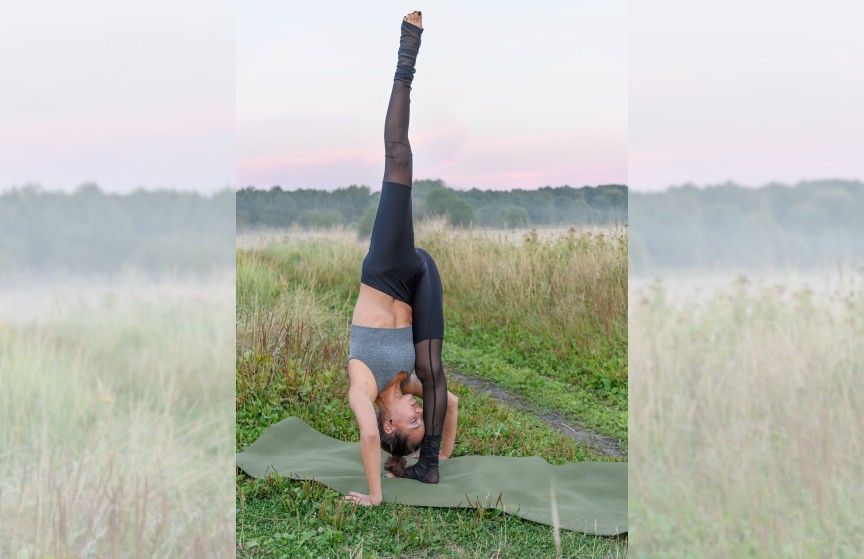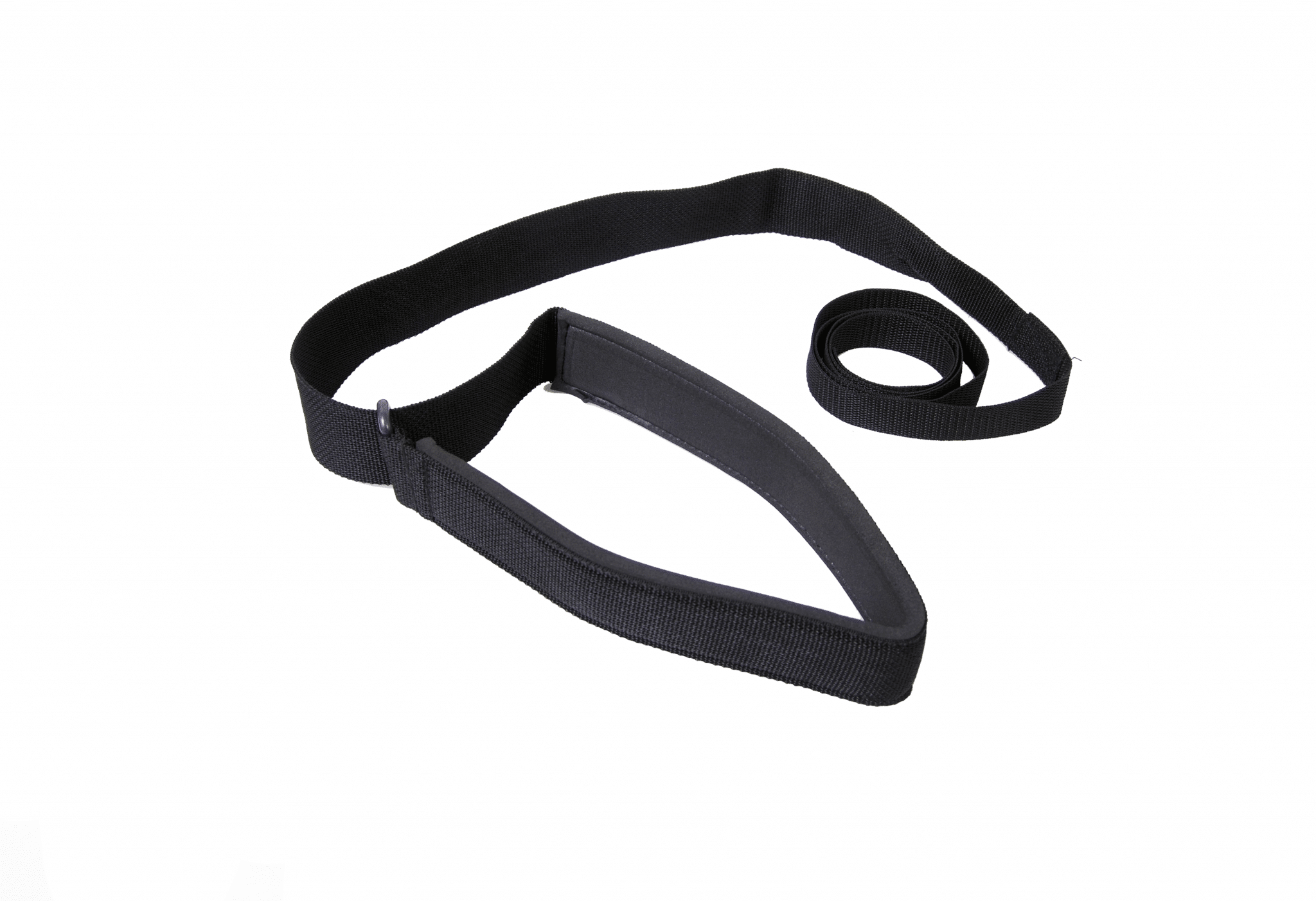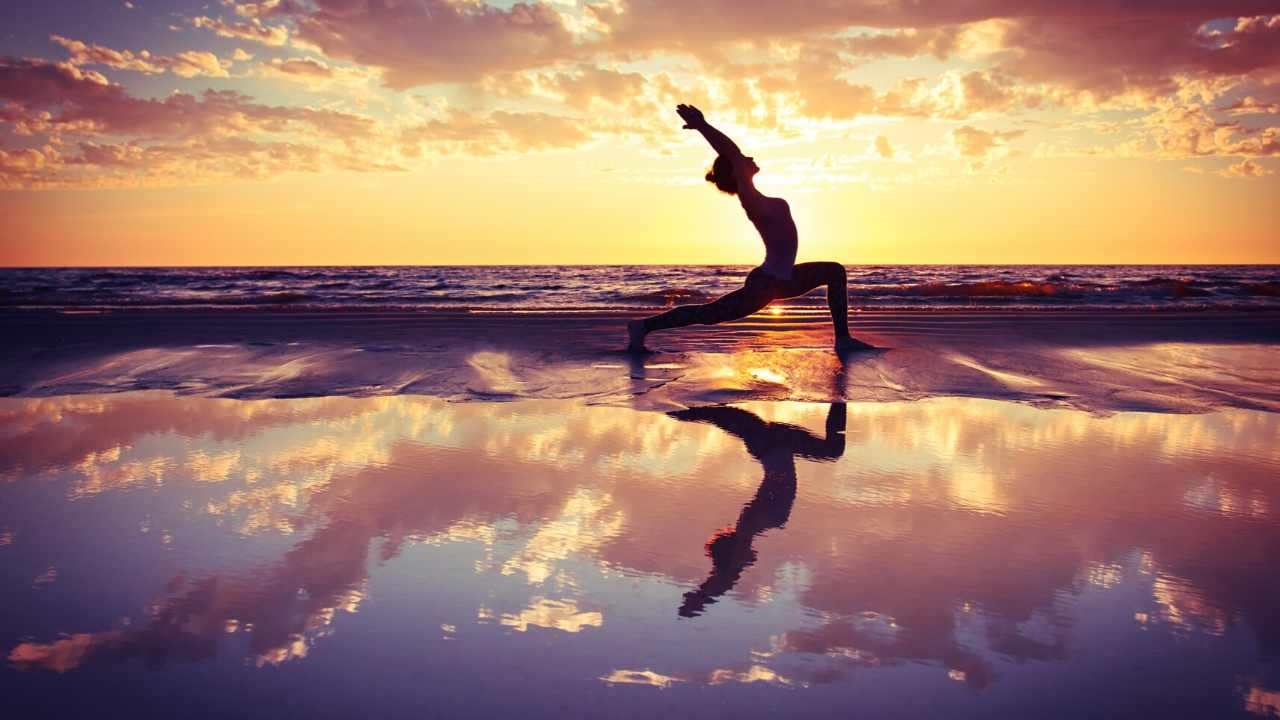
You may have heard about the many master yogis throughout history, including Krishnamacharya, Neem Karoli Baba, and Ramakrishna. These are all yogis who taught others. Each had their own style and philosophy. These masters helped people learn more about themselves and the world around them.
Ramakrishna
Ramakrishna's status as the master of meditation is no surprise. The guru of liberation had many lessons to share and spent his whole life trying to break down the barriers that kept us apart from other religions. He was both an Acharya and a Jivanmukta.

Krishnamacharya
Krishnamacharya is one of the most influential figures in the modern yoga tradition. He was an Indian yoga teacher, scholar, and healer. He is sometimes referred to as "father of modern Yoga." His influence was vast in many areas, including postural Yoga.
Neemkaroli Baba
Neem Karolibaba was born Lakshman das in Akbarpur in Uttar Pradesh. He was a Brahmin, a descendant of a noble family. He married when he was 11 years old and became a sadhu. He was later a yogi and returned to his village. His teachings focused on love and truth. He was compassionate, and he taught others how to do the exact same.
Indra Devi
Indra Devi is a pioneering yoga teacher who first began teaching in the 1930s. Born in Russia, she later moved to India to learn with Sri Krishnamacharya. The Maharaja of Mysore and Maharini from Mysore had a yoga school run by this master. Indra Devi was first Western woman to visit an ashram of India. She went on to become one of the most renowned yoga teachers in the country.

Corn
Corn, Master Yogis is a renowned yoga teacher and activist. Her unique approach to yoga helps students achieve balance between mind and body. Vinyasa Yoga, which combines body movements with breathing techniques, is her main focus. This method improves your body, mind, as well as spirit. Corn teaches yoga to students, and also shows them how to do the sun salutation, an integral part of vinyasa yoga flow yoga.
FAQ
How long does it take for you to learn yoga?
Like any skill, it is important to train your brain in order to properly perform yoga. Once you have mastered the basics of yoga, you will be able practice at home with no difficulty.
Warm ups should take between 20-30 mins to get you started. Then spend 5-10 minutes warming up your body by performing simple stretches. Then, move on to more challenging poses.
Once you've mastered the basics, you can move on to intermediate classes, where you'll learn more advanced moves. For example, if yoga is something you're new to, you might start with the Tree (Vrksasana), or Mountain (Tadasana).
Do I need heat before I do yoga?
No. It doesn't matter if you are warming up before starting a yoga class.
If your muscles feel stiff or sore after exercising, you can stretch them to loosen them.
Can I take classes together?
This depends on the class. Some teachers only offer private lessons. Others provide group classes where students can interact with one another.
Studio owners may offer classes within classes, which are small groups of people who share similar interests and goals.
Is yoga a sweaty sport?
The answer depends on the style of yoga you practice. Vinyasa flow (or power) yoga involves lots of jumping, twisting, and turning movements. As a result, it's common for people to sweat heavily while practicing.
In contrast, Hatha yoga focuses on poses like forwarding bends and twists. Because these poses aren't very strenuous, most practitioners won't experience heavy perspiration.
Statistics
- Lock in 25% off your Founding Member rate. (corepoweryoga.com)
- The people in the yoga group were 37 percent more likely to have quit smoking by the end of the 8-week program. (nccih.nih.gov)
- A 2020 review of 27 studies (1,805 total participants) of yoga interventions in children or adolescents found reductions in anxiety or depression in 70 percent of the studies, with more promising results for anxiety. (nccih.nih.gov)
- According to calorie estimates calculated at Harvard Medical School, the average 125-pound person burns about 120 calories in a half hour of hatha yoga, and a 185-pound person burns about 178 calories in that half hour. (everydayhealth.com)
- Start your Fall off right with 20% off All Access Membership when you sign up by 9/25! (corepoweryoga.com)
External Links
How To
Can I do yoga during pregnancy?
Being pregnant can impact your ability to perform certain poses safely. Before you start a new exercise program, consult your doctor.
There are many poses you could still do while pregnant. These are some suggestions:
-
Pregnant women shouldn't lift weights above shoulder level. Instead, consider dumbbells or resistance bands that are lightweight.
-
Avoid deep twists. This could put pressure on the belly.
-
Try to avoid backbends until you give birth. They can put excessive strain on your lower back.
-
Before you deliver your baby, make sure to not sit on your stomach or cross-legged until the delivery.
-
Make sure you have your doctor cleared you to perform inverted poses (e.g., headstands or handstands).
-
Keep your practice time to no more than 30 minutes per day
When you're ready, you can continue doing yoga throughout your pregnancy. Your doctor will help you determine when you're ready to begin practicing yoga.